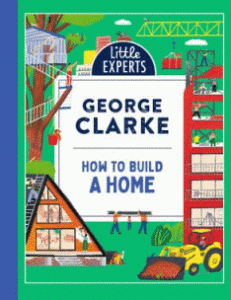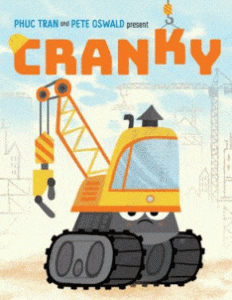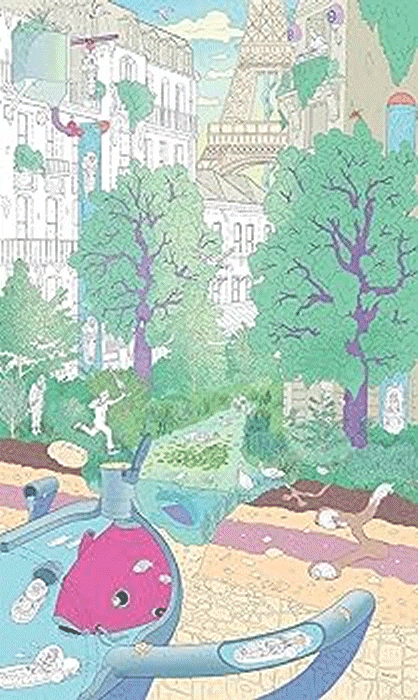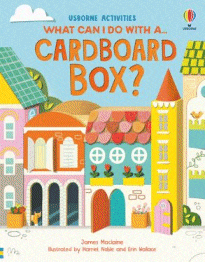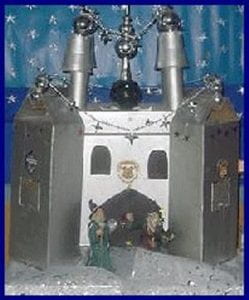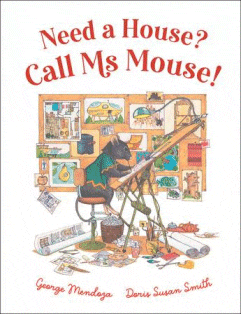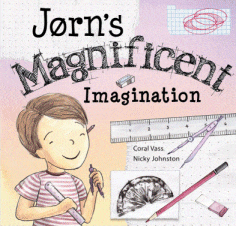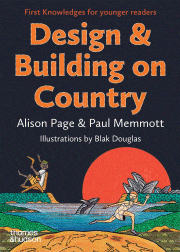
Design & Building on Country
Design & Building on Country
Alison Page & Paul Memmott
Blak Douglas
Thames & Hudson, 2024
152pp., pbk., RRP $A26.99
9781760763565
Whenever our young people hear the now familiar Welcome to Country or recite their school’s Acknowledgement of Country, are they just hearing or saying words or do they have an understanding of the meaning and purpose behind them?
Ever since 1835 when NSW Governor Richard Bourke implemented the legal principle of terra nullius in Australian law as the basis for British settlement until its repeal in 1992 by the High Court’s Mabo Decision that recognised Aboriginal and Torres Strait Islander peoples’ continuing connection and rights to land through Native Title., there was a legally perpetuated belief that Australia was, indeed, a “land belonging to no one”, having “a complete absence of people and additionally the absence of ‘civilised’ people capable of land ownership” and thus, was used to justify and legitimise the dispossession, dispersal, and inhumane treatment of First Nations peoples.
But in this book, shortlisted for the CBCA 2025 Eve Pownall Award for Information Books, the authors and illustrators have provided a critical insight into the culture and history that underpins those statements and helping them better appreciate what they are hearing and saying. With easily accessible language, impactful illustrations and an appealing layout, they show that not only was the land populated by a culture that has been here for 65 000 years at least – making it the longest continuing culture in the world – but that there were amazing homes and buildings constructed, as well as incredible science, technology and design knowledge ensuring both its continuation and development.

A peek inside…
Speaking directly to the reader, they start with an explanation of the difference between ‘country” and “Country’ as it forms such an integral part of who the Aboriginal person is, their heritage, beliefs, values and identity. Using their own cultural heritage as well as their professional expertise in design and development to show that this country was anything but terra nullius, readers learn about how the need for food and shelter were satisfied by the invention, development and refinement of tools and structures that were unique to the land and landscape around them as well as contributing to that deep connection to the land and their spirituality. But as well as offering the information itself, the reader is also encouraged to consider how their own environment determines and impacts how their lives are lived. While modern technology and transport might mean that our food needs and availability are fairly generic, how does my mountain landscape change my life compared to that of my brother on the Queensland coast? How does what those who have lived thousands of years before us influence how we live now?
Originally published as a book for adults in the First Knowledges series edited by Margo Neale which include: Astronomy, Country, Innovation, Plants, Health, Songlines. Design and Law, this is the second from that series that has been developed for young readers, the first being Songlines. itself a CBCA Notable Book for the Eve Pownall Award in 2024. Both, and any future adaptations deserve a prominent place in any primary or secondary school collection supporting First Nations studies.

